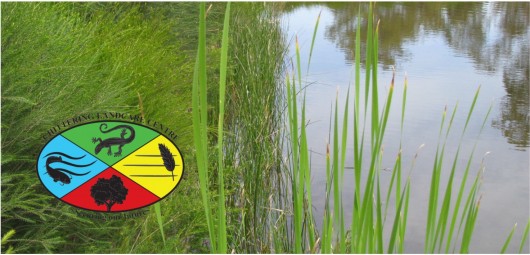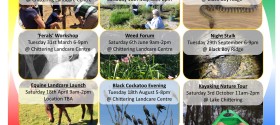Pasture Cropping
COLIN SEIS WORKSHOP IN WANNAMAL –
Concerns about declining profitability, increased input costs, poor soil structure, dry-land salinity, soil acidification and increasing numbers of herbicide resistance weeds have prompted over 2000 farmers throughout eastern, southern and Western Australia to adopt ‘Pasture Cropping’.
The year-round ground cover created by using ‘pasture cropping’ techniques results in reduced wind and water erosion, improved soil structure, reduced weed numbers, increased nutrient availability and increased levels of soil organic carbon. The soil health benefits from plant root exudates and a large increase in organic matter derived from a mix of shallow rooted crops and deep-rooted perennial pastures are numerous and include large improvements of soil microbiology. In an era when dryland salinity, soil acidification and loss of soil carbon are having increasing impacts on the productivity and profitability of farming enterprises, pasture cropping is providing an option for addressing these issues.
On Friday 8th May, Colin Seis, winner of the Bob Hawke Landcare Award for 2014, the pioneer – developer of “Pasture Cropping”, which is a method of sowing cereal crops directly into perennial pastures, conducted a workshop at the Wannamal Hall. Colin explained his method of combining grazing and cropping into a single land use where each one benefits the other economically, environmentally and ecologically.
It may appear that ‘Pasture Cropping’ is simply a cropping technique. It is much more than that. ‘Pasture Cropping’ is the combining of cropping and grazing into one land management method where each one benefits the other. The potential for profit and environmental health, including increasing soil carbon are enormous and a lot of farmers in many regions of Australia are showing this to be the case. There are now over 2000 farmers “pasture cropping” cereal crops into summer and winter perennial native grass in NSW, South Australia, Victoria, Queensland, Western Australia and Tasmania as well as other areas around the world.
The original concept developed in 1993, of sowing crops into a dormant stand of summer growing native grass, like red grass (bothriochloa macra) was thought to be a very inexpensive method of sowing oats for stock feed. This certainly turned out to be true, but it was quickly learnt that there were many side benefits and that it was only touching the surface of a land management technique that is proving to be revolutionary. The grazing crops performed so well that it was obvious that good grain yields could be achieved as well.
Workshop participants travelled from as far as Newdegate to hear this inspirational man speak.
The workshop shifted to the Howard family farm in the afternoon to observe perennial pastures and to assess the ability for pasture cropping to succeed when direct drilling into perennials. We were treated to a precision driving and no till machinery run by Errol which showed that little damage occurred to the kikuyu pastures and proved that planting a crop into the pasture was quite viable. For further information a booklet will be available from the landcare centre. We acknowledge the assistance of the Australian Government through the 25th Anniversary of Landcare Grants which enabled us to fly Colin Seis here from New South Wales to conduct the workshop. Following the Colin Seis workshop some unspent funds will be used to produce a booklet outlining the methods for establishing pasture cropping systems and this will be available to any interested person.





